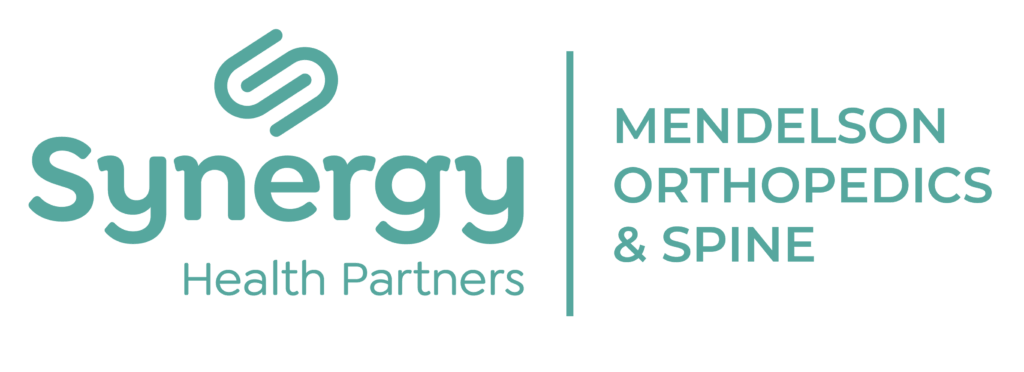Home | Conditions We Treat | Hip Conditions | Hip Impingement
Hip Impingement (Femoroacetabular Impingement - FAI)
Overview
Hip impingement, also known as femoroacetabular impingement (FAI), is a condition where abnormal contact between the femoral head (the ball) and the acetabulum (the socket) of the hip joint leads to pain and reduced range of motion. This abnormal contact can cause damage to the cartilage and the labrum, a ring of cartilage that surrounds the hip socket.
Types of Hip Impingement
There are three main types of hip impingement:
- Cam Impingement: An abnormal bump on the femoral head, which grinds against the acetabulum.
- Pincer Impingement: Extra bone extends out over the normal rim of the acetabulum, causing the labrum to be crushed under the rim.
- Combined Impingement: Both cam and pincer types are present.
Causes
Hip impingement is often caused by:
- Abnormal Hip Joint Shape: Structural abnormalities in the shape of the hip bones.
- Repetitive Motion: Activities involving repeated hip flexion, such as running, cycling, or ballet, can exacerbate the condition.
- Genetic Factors: A family history of hip problems.
- Injuries: Past hip injuries that may alter the joint structure.
Symptoms
Symptoms of hip impingement can include:
- Hip Pain: Pain in the groin area, especially during or after activities that involve hip movement.
- Stiffness: Reduced range of motion in the hip joint.
- Catching or Clicking: Sensation of catching, clicking, or locking in the hip.
- Discomfort: Discomfort or pain after prolonged sitting or physical activity.
Diagnosis
Diagnosis involves a combination of clinical evaluation and imaging studies:
- Medical History and Physical Examination: Assessment of symptoms, activity level, and physical examination to identify pain and range of motion issues.
- Imaging Studies:
- X-rays: To identify bony abnormalities and the shape of the hip joint.
- MRI: To evaluate soft tissue damage, including the labrum and cartilage.
- CT Scan: Provides detailed images of bone structure.
Treatment
Treatment for hip impingement can be non-surgical or surgical, depending on the severity of the condition:
Non-Surgical Treatment:
- Activity Modification: Avoiding activities that cause pain or exacerbate symptoms.
- Physical Therapy: Exercises to improve hip strength, flexibility, and range of motion. Focus on strengthening the core and hip muscles.
- Medications: NSAIDs to reduce pain and inflammation.
- Injections: Corticosteroid injections to relieve pain and inflammation.
Surgical Treatment:
- Arthroscopic Surgery: Minimally invasive surgery to reshape the bones of the hip joint, repair or remove damaged cartilage, and address labral tears.
- Open Surgery: In severe cases, open surgical procedures may be necessary to correct the bone abnormalities.
Rehabilitation
Rehabilitation is crucial for recovery and involves:
- Post-Surgical Rehabilitation: Physical therapy to restore hip function, strength, and flexibility.
- Gradual Return to Activity: Slowly reintroducing activities and monitoring for symptoms.
Prognosis
The prognosis for hip impingement varies based on the severity of the condition and the effectiveness of treatment. Many individuals experience significant relief from symptoms with appropriate management, and early intervention can prevent further joint damage.
Prevention
Preventing hip impingement involves:
- Avoiding Overuse: Modifying activities that place excessive strain on the hips.
- Strengthening Exercises: Regular exercises to strengthen the hip and core muscles.
- Proper Technique: Using proper techniques in sports and physical activities to reduce the risk of hip injuries.
Conclusion
Hip impingement is a common condition that can cause significant pain and limit physical activity. Early diagnosis and appropriate treatment are essential for managing symptoms and preventing further joint damage. If you experience persistent hip pain or discomfort, consult a healthcare professional for a thorough evaluation and personalized treatment plan. With proper care, many individuals can achieve a good outcome and return to their normal activities.
